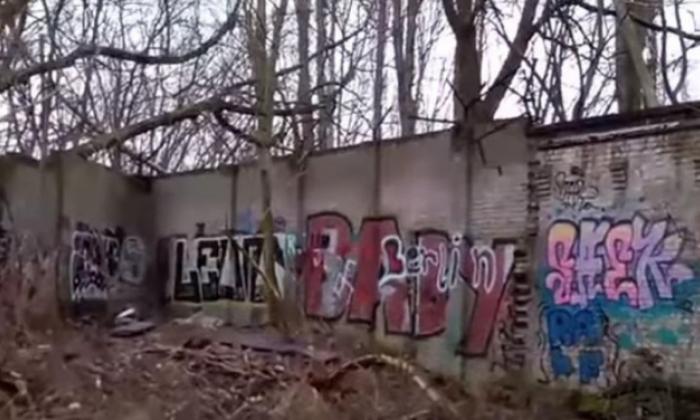Save for a few symbolic sections in the center of the German capital, the Berlin wall was completely demolished in 1989 . However, a local hobby historian claims to have discovered an 80-meter-long section of which authorities apparently knew nothing about.
37-year-old Christian Bormann found the forgotten section of the Berlin Wall between two train stations in the Pankow district in the northeast of the city, back in 1999. The local government office responsible for monuments was unaware of the surviving segment, and records showed the section registered as demolished. Bormann kept his discovery to himself until recently, when he noticed that it had been damage by storms. Concerned about the slowly deteriorating monument, he finally revealed his secret in a blog post and contacted Pankow district authorities, calling on them to protect it as a historical monument.

“According to my research, it is the last piece of the original wall,” Christian Bormann told the Berliner Zeitung daily.
Bormann added that the communist regime of East Germany, the German Democratic Republic (GDR), built the section during the first phase of construction in 1961. The GDR closed the border officially on August 13, 1961, to separate East Berlin from the western section of the city, which was controlled by West Germany. It was only two months after East German leader Walter Ulbricht declared “nobody has the intention of building a wall” when the communists shocked the world by suddenly erecting a wall to split the city.
The wall was relatively unfortified initially, with only barbed wire and alarms to keep people from going across, but later additions, such as armed guard towers, turned the border into what was known as a death strip. The section Bormann discovered was built using the debris from houses blown up during WWII, and was part of the original cobbled wall that had been hastily erected by the communists, before the finished concrete version went up. Because the communist built the permanent section of the wall in a slightly different location, at the end of the Cold War the original section had been all but forgotten by officials.
Bormann’s discovery shocked a Berliners, many of whom had walked past the otherwise unimpressive wall without ever realizing it was part of the infamous barrier that once split their city in two. While the fact that the hobby historian chose to keep his discovery a secret for nearly a decade has sparked some controversy, most people simply congratulated him on his find. Arne Gericke, a Member of the European Parliament with the fringe party “Freie Wähler” (Free Voters) called it a “discovery of European significance.”
Talk about secretes hidden in plain sight, right?






